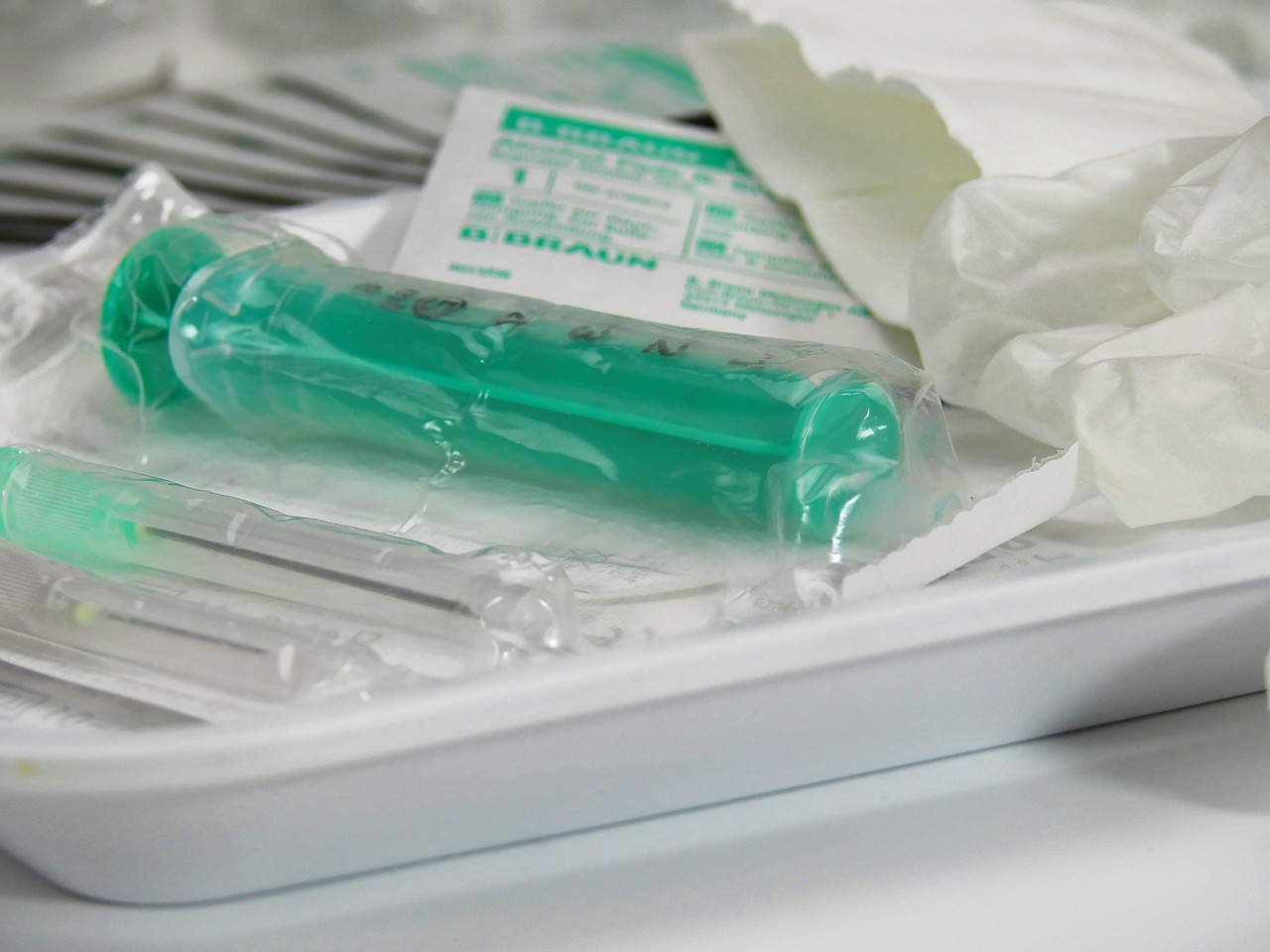Development of the ICD-10 Procedure Coding System (ICD-10-PCS)
Your Online Resource for ICD-10 Coding Information
Exclusive e-Coupon Offer:
E-coupon code: 10ZHRJQ8L
Expires: 12-31-25
Enter e-coupon code at checkout.
Use this e-coupon to save 5% off all orders at MedicalCodingBooks.com.
The offer is combinable with the offers listed below to save up to 15% off some of our most popular coding products.
Bundle and save - up to 15% off! Shop for medical coding book bundles featuring ICD-10 code set plus CPT and HCPCS.
International Classification of Diseases 10th Revision Procedure Classification System
The International Classification of Diseases 10th Revision Procedure Classification System (ICD-10-PCS) has been developed as a replacement for Volume 3 of the International Classification of Diseases 9th Revision (ICD-9-CM).
The development of ICD-10-PCS was funded by the U.S. Centers for Medicare and Medicaid Services (CMS).1 ICD-10-PCS has a multiaxial seven character alphanumeric code structure that provides a unique code for all substantially different procedures, and allows new procedures to be easily incorporated as new codes. ICD10-PCS was under development for over five years. The initial draft was formally tested and evaluated by an independent contractor; the final version was released in the Spring of 1998, with annual updates since the final release. The design, development and testing of ICD-10-PCS are discussed.
ICD-10-PCS is planned as the replacement for ICD-9-CM Volume 3.
UPDATE: On Monday, April 09, 2012 the Department of Health and Human Services (HHS) announced a proposed rule that would delay, from October 1, 2013 to October 1, 2014, the compliance date for the International Classification of Diseases, 10th Edition diagnosis and procedure codes (ICD-10).
UPDATE: In March 2014, The Senate voted on a bill to delay ICD10, from October 1, 2014 to October 1, 2015, the compliance date for the International Classification of Diseases, 10th Edition diagnosis and procedure codes (ICD-10).

Introduction to ICD-10-PCS
Volume 3 of the International Classification of Diseases 9th Revision Clinical Modification (ICD-9-CM) has been used in the U.S. for the reporting of inpatient procedures since 1979. The structure of Volume 3 of ICD-9-CM has not allowed new procedures associated with rapidly changing technology to be effectively incorporated as new codes. As a result, in 1992 the U.S. Centers for Medicare and Medicaid Services (CMS) funded a project to design a replacement for Volume 3 of ICD-9-CM. After a review of the preliminary design, CMS in 1995 awarded 3M Health Information Systems a three-year contract to complete development of the replacement system. The new system is the ICD-10 Procedure Coding System (ICD-10-PCS).
Attributes Used in Development
The development of ICD-10-PCS had as its goal the incorporation of four major attributes:
- Completeness
- There should be a unique code for all substantially different procedures. In Volume 3 of ICD-9-CM, procedures on different body parts, with different approaches, or of different types are sometimes assigned to the same code.
- Expandability
- As new procedures are developed, the structure of ICD-10-PCS should allow them to be easily incorporated as unique codes.
- Multiaxial
- ICD-10-PCS codes should consist of independent characters, with each individual axis retaining its meaning across broad ranges of codes to the extent possible.
- Standardized Terminology
- ICD-10-PCS should include definitions of the terminology used. While the meaning of specific words varies in common usage, ICD-10-PCS should not include multiple meanings for the same term, and each term must be assigned a specific meaning.
If these four objectives are met, then ICD-10-PCS should enhance the ability of health information coders to construct accurate codes with minimal effort.
General Development Principles

In the development of ICD-10-PCS, several general principles were followed:
- Diagnostic Information is Not Included in Procedure Description
- When procedures are performed for specific diseases or disorders, the disease or disorder is not contained in the procedure code. There are no codes for procedures exclusive to aneurysms, cleft lip, strictures, neoplasms, hernias, etc. The diagnosis codes, not the procedure codes, specify the disease or disorder.
- Not Otherwise Specified (NOS) Options are Restricted
- ICD-9-CM often provides a “not otherwise specified” code option. Certain NOS options made available in ICD-10-PCS are restricted to the uses laid out in the ICD-10-PCS draft guidelines. A minimal level of specificity is required for each component of the procedure.
- Limited Use of Not Elsewhere Classified (NEC) Option
- ICD-9-CM often provides a “not elsewhere classified” code option. Because all significant components of a procedure are specified in ICD-10-PCS, there is generally no need for an NEC code option. However, limited NEC options are incorporated into ICD-10-PCS where necessary. For example, new devices are frequently developed, and therefore it is necessary to provide an “Other Device” option for use until the new device can be explicitly added to the coding system. Additional NEC options are discussed later, in the sections of the system where they occur.
- Level of Specificity
- All procedures currently performed can be specified in ICD-10-PCS. The frequency with which a procedure is performed was not a consideration in the development of the system. Rather, a unique code is available for variations of a procedure that can be performed.
ICD-10-PCS has a seven character alphanumeric code structure. Each character contains up to 34 possible values. Each value represents a specific option for the general character definition (e.g., stomach is one of the values for the body part character). The ten digits 0- 9 and the 24 letters A-H,J-N and P-Z may be used in each character. The letters O and I are not used in order to avoid confusion with the digits 0 and 1.
Procedures are divided into sections that identify the general type of procedure (e.g., medical and surgical, obstetrics, imaging). The first character of the procedure code always specifies the section. The sections are shown in table 1.
| Table 1: Sections | |
|---|---|
| 0 | Medical and Surgical |
| 1 | Obsterics |
| 2 | Placement |
| 3 | Administration |
| 4 | Measurement and Monitoring |
| 5 | Extracorporeal Assistance and Performance |
| 6 | Extracorporeal Therapies |
| 7 | Osteopathic |
| 8 | Other Procedures |
| 9 | Chiropractic |
| B | Imaging |
| C | Nuclear Medicine |
| D | Radiation Oncology |
| F | Physical Rehabilitation and Diagnostic Audiology |
| G | Mental Health |
| H | Substance Abuse Treatment |
The second through seventh characters mean the same thing within each section, but may mean different things in other sections. In all sections, the third character specifies the general type of procedure performed (e.g., resection, transfusion, fluoroscopy), while the other characters give additional information such as the body part and approach. In ICD- 10-PCS, the term “procedure” refers to the complete specification of the seven characters.
ICD-10-PCS Format
The ICD-10-PCS is made up of three separate parts:
- Tables
- Index
- List of Codes
The Index allows codes to be located by an alphabetic lookup. The index entry refers to a specific location in the Tables. The Tables must be used in order to construct a complete and valid code. The List of Codes provides a comprehensive listing of all valid codes, with a complete text description accompanying each code.
Tables in ICD-10-PCS
The Tables in ICD-10-PCS are organized differently from ICD-9-CM. Each page in the Tables is composed of rows that specify the valid combinations of code values. Table 2 is an excerpt from the ICD-10-PCS tables. In the system, the upper portion of each table specifies the values for the first three characters of the codes in that table. In the medical and surgical section, the first three characters are the section, the body system and the root operation.
In ICD-10-PCS, the values 027 specify the section Medical and Surgical (0), the body system Heart and Great Vessels (2) and the root operation Dilation (7). As shown in table 2, the root operation (i.e., Dilation) is accompanied by its definition. The lower portion of the table specifies all the valid combinations of the remaining characters four through seven. The four columns in the table specify the last four characters. In the medical and surgical section they are labeled Body Part, Approach, Device and Qualifier, respec- tively. Each row in the table specifies the valid combination of values for characters four through seven. The Tables contain only those combinations of values that result in a valid procedure code.
The row in table 3 can be used to construct 96 unique procedure codes. For example, code 02703DZ specifies the procedure for dilation of one coronary artery using an intraluminal device via percutaneous approach (i.e., percutaneous transluminal coronary angioplasty with stent).
Table 2: Row from the Tables specifies the valid combinations of characters 4 through 7 for the medical and surgical root operation dilation of the heart and great vessels body system (027)
0 Medical and Surgical
2 Heart and Great Vessels
7 Dilation: Expanding an orifice or the lumen of a tubular body part
| Body Part | Approach | Device | Qualifier |
|---|---|---|---|
| 0 Coronary Artery, One Site | 0 Open | 4 Drug-eluting Intraluminal Device | 6 Bifurcation |
| 1 Coronary Arteries, Two Sites |
3 Percutaneous | D Intraluminal Device | Z No Qualifier |
| 2 Coronary Arteries, Three Sites | 4 Percutaneous Endoscopic | T Radioactive Intraluminal Device | |
| 3 Coronary Arteries, Four or More Sites | Z No Device |
| Table 3: Code descriptions for dilation of one coronary artery (0270) |
|---|
| 027004Z Dilation of Coronary Artery, One Site with Drug-eluting Intraluminal Device, Open Approach |
| 02700DZ Dilation of Coronary Artery, One Site with Intraluminal Device, Open Approach |
| 02700TZ Dilation of Coronary Artery, One Site with Radioactive Intraluminal Device, Open Approach |
| 02700ZZ Dilation, Coronary Artery, One Site, Open Approach |
| 027034Z Dilation, Coronary Artery, One Site with Drug-eluting Intraluminal Device, Percutaneous Approach |
| 02703DZ Dilation, Coronary Artery, One Site with Intraluminal Device, Percutaneous Approach |
| 02703TZ Dilation, Coronary Artery, One Site with Radioactive Intraluminal Device, Percutaneous Approach |
| 02703ZZ Dilation, Coronary Artery, One Site, Percutaneous Approach |
| 027044Z Dilation, Coronary Artery, One Site with Drug-eluting Intraluminal Device, Percutaneous Endoscopic Approach |
| 02704DZ Dilation, Coronary Artery, One Site with Intraluminal Device, Percutaneous Endoscopic Approach |
| 02704TZ Dilation, Coronary Artery, One Site with Radioactive Intraluminal Device, Percutaneous Endoscopic Approach |
| 02704ZZ Dilation, Coronary Artery, One Site, Percutaneous Endoscopic Approach |
List of Codes
The valid codes shown in table 3 are constructed using the first body part value in table 2 (i.e., one coronary artery), combined with all the valid approaches and devices listed in the table, and the value “No Qualifier”. The codes listed in table 3 are examples of entries in the List of Codes. Each code has a text description that is complete and easy to read.
Index
The Index allows codes to be located based on an alphabetic lookup. Codes may be found in the index based on the general type of the procedure (e.g., resection, transfusion, fluoroscopy), or a more commonly used term (e.g., appendectomy). The code for percutaneous intraluminal dilation of the coronary arteries with an intraluminal device can be found in the index under dilation, or a synonym of dilation (e.g., angioplasty).
Once the desired term is located in the index, the index specifies the first three or four values of the code, followed by three or four periods (e.g., 027....), or directs the user to see another term. Each table also identifies the first three values of the code (e.g., 027). Based on the first three values of the code obtained from the index, the corresponding table can be located. The table is then used to obtain the complete code by specifying the last four values.